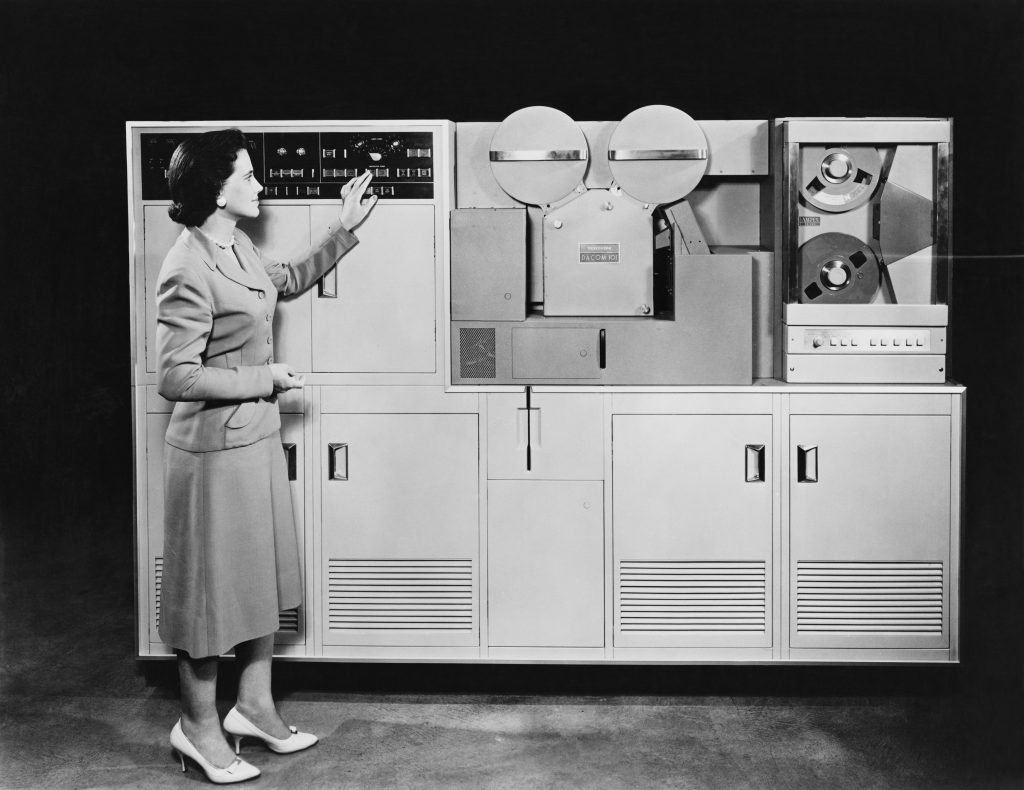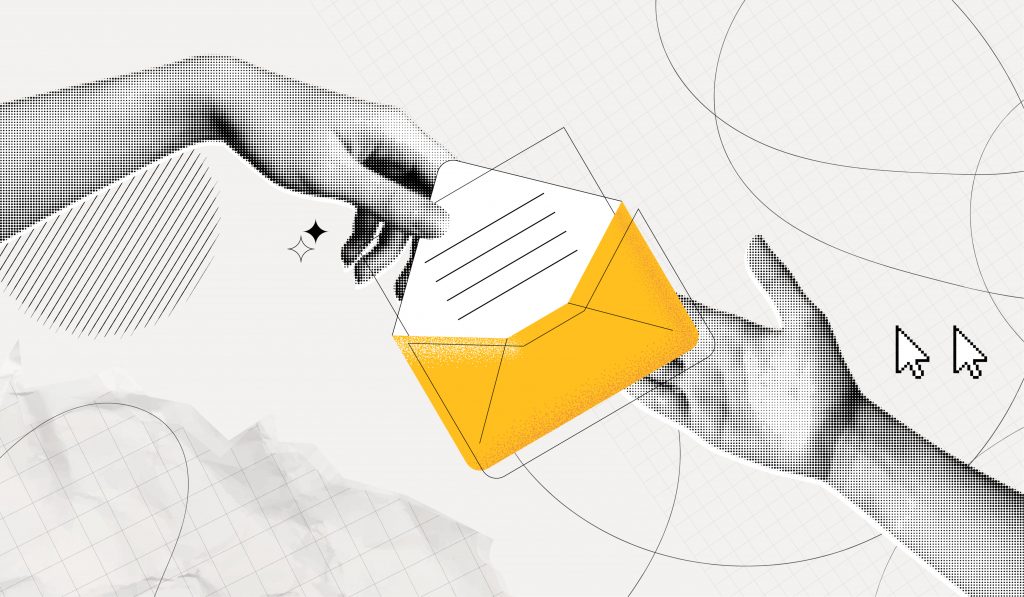
Feeling bogged down by repetitive tasks? You’re not alone. For professionals aged 40-55, managing daily tasks can feel overwhelming, especially with the growing demands of work and life. Fortunately, AI is no longer just for tech experts—it’s for everyone, including those who feel anxious about new technologies. By using AI to automate your daily tasks, you can reclaim your time, reduce stress, and boost productivity. Let’s dive into how you can do it like a pro.
What is AI Automation, and Why Should You Care?
Demystifying AI for Everyday Use
Artificial Intelligence (AI) might sound intimidating, but at its core, it’s simply a tool designed to make your life easier. From managing emails to organizing files, AI helps automate tasks that usually eat up time. The best part? It learns from your habits, becoming more efficient the more you use it. According to McKinsey, 45% of work activities can be automated(Editage). This means you can delegate nearly half of your routine tasks, from sorting emails to scheduling meetings.
Why Professionals Need AI Automation Now More Than Ever
Today’s professionals are juggling more tasks than ever. Between virtual meetings, emails, managing projects, and staying on top of personal life, it’s easy to feel overwhelmed. By automating routine tasks, AI helps simplify your workday and ensure that your time is spent on higher-value activities. In fact, companies that embrace AI report productivity improvements ranging from 15-40%, according to a Gartner report.
AI automation isn’t about replacing humans; it’s about empowering them. When AI handles the repetitive tasks, you can focus on work that drives value, creativity, and growth. Plus, by reducing the constant switching between low-value tasks, you’re able to engage in more focused, deep work sessions.

Key Concepts and Tools in AI Automation
What is Task Automation?
Task automation uses AI to handle routine processes that can easily be standardized. For example, sorting emails, scheduling meetings, and filing documents can all be automated with the right tools. Rather than manually handling each step, you set up workflows where AI completes tasks in the background.
One example is using Zapier to automate file transfers. When an email attachment arrives, Zapier can automatically save it to your Google Drive without any manual effort. Simple, right?
Meet the Tools
There are several AI tools designed to make automation easier. Here are a few:
- Zapier: Connects apps and automates workflows. For example, you can create a workflow that automatically saves email attachments to a cloud drive, sends reminders for follow-ups, or generates a task based on an incoming email. No coding required!
- Superhuman: This AI-powered email assistant helps you manage your inbox by automating follow-ups, sorting your emails, and setting reminders. In fact, Superhuman users report cutting email management time by 50%(AcademiaInsider).
- Make.com: Create custom workflows that move files, notify teams, and manage project tasks automatically. Ideal for professionals juggling multiple clients or projects.
- Motion: AI-driven calendar management tool that automatically schedules meetings and blocks off time for focused work based on priorities.
- Grammarly: AI-driven writing assistant that automates grammar checks, spelling, and even tone adjustments, helping professionals write faster and more effectively.

Practical Applications and Real-World Examples
Automating Email and Calendar Management
Managing your inbox is one of the most time-consuming tasks for professionals. Boomerang and Superhuman are AI tools that help automate email sorting, prioritize messages, and even schedule follow-ups. With Superhuman, for example, you can snooze emails for later, schedule replies, and get notifications when important emails haven’t received a response—all with minimal effort.
For calendar management, tools like Motion and Clockwise analyze your day, suggest optimal times for meetings, and automatically block focus time, reducing time spent on calendar juggling. Imagine having an AI assistant that helps you allocate time to get real work done, while ensuring meetings don’t pile up during your most productive hours.
Example: A sales manager can use Boomerang to automate follow-up emails, ensuring timely replies to clients while using Clockwise to manage back-to-back meetings without manual scheduling.
Task Management and Personal Finance Automation
AI isn’t just about managing emails and meetings. It also plays a vital role in task management and personal finance. Tools like Todoist use AI to organize your to-do lists based on priorities and deadlines. Todoist’s AI can analyze your habits and suggest the next logical tasks for you to focus on, which makes it easier to stay productive without feeling overwhelmed.
For personal finance, tools like Mint and YNAB (You Need a Budget) track expenses, categorize spending, and provide real-time financial reports. They also automate reminders for bill payments, eliminating the stress of managing finances manually. With AI, you’ll not only stay on budget but also identify saving opportunities without having to comb through every transaction.
Example: A project manager can rely on Todoist to prioritize tasks for an upcoming deadline while using Mint to automatically track business expenses and categorize them for tax purposes.
Common Challenges and Solutions
Overcoming Tech Anxiety
For professionals who aren’t tech-savvy, the thought of integrating AI into their workflow can be daunting. The key is to start small. Begin by automating a single task, such as sorting emails with Zapier or scheduling meetings with Motion. As you see the benefits, you can gradually automate more complex tasks. The goal is to use AI as a supportive tool, not something that replaces human decision-making.
Balancing Automation and Control
Many professionals worry that automating too much will take away their control over their work. But automation is best when it handles low-value, repetitive tasks, leaving you in control of the more critical decisions. Regular check-ins can help ensure that the AI is functioning according to your expectations, and you can always adjust workflows as needed.
Conclusion and Next Steps
Summarizing the Benefits of AI Automation
By automating daily tasks like emails, calendar management, and financial tracking, professionals can save hours each week, reduce stress, and focus on what truly matters. AI isn’t about replacing you—it’s about empowering you to get more done with less effort. Whether you’re tech-savvy or tech-anxious, there’s an AI tool that can fit seamlessly into your workflow.
Next Steps – Try One AI Tool Today
Ready to take back control of your time? Start by automating just one task—whether it’s your email with Superhuman or your calendar with Clockwise—and see the immediate benefits. Gradually, as you grow more comfortable, you’ll find that AI can streamline more of your workday, freeing you up for strategic tasks.



